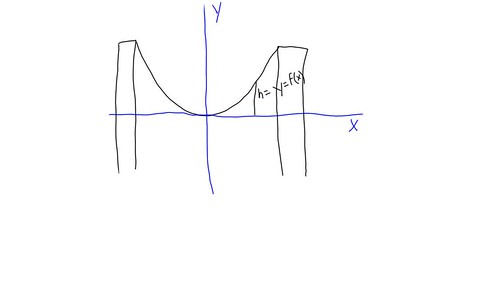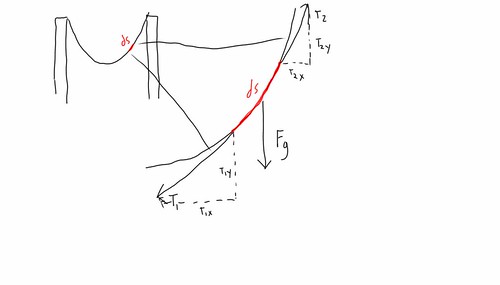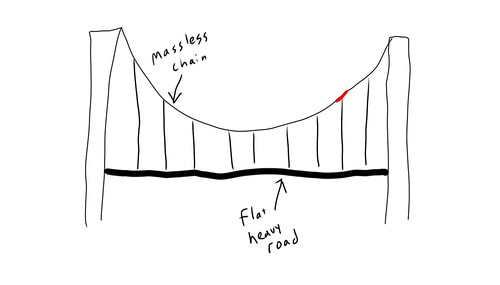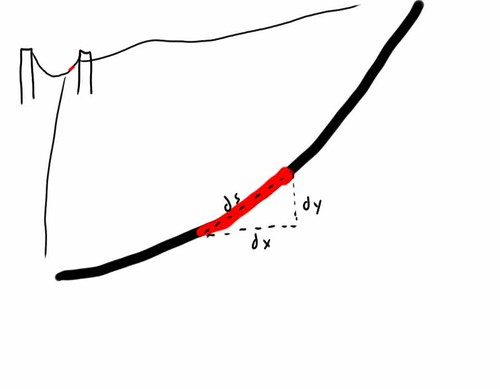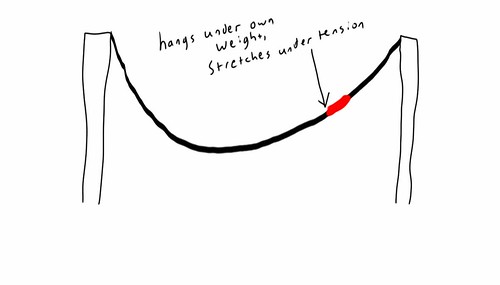Sunday, 9/16/07 (no run)
Took completely off. My big toe was hurting. There's always something new.
Saturday, 9/15/07 (40 minutes)
I love small cross country races like the open race at Aztec, where guys like Matt and Anton can place place in the single digits, rather than two or three. The winner ran 27:28, which is an excellent time for such a difficult course, but it won't win many collegiate races. The result was that a guy who is his team's leader, but used to being a middle-of-the-packer at large invites, was suddenly in the lead. When his teammates and friends cheered for him, their surprise was exceeded by their excitement, and both wrapped themselves around the race and its runners, pointing the way ahead and pushing the leader on to greater efforts. And when, after giving his teammates the thrill of watching him lead for four miles, an unattached runner came up alongside him to challenge for the win, he made the day into a perfect race for himself and his team by holding off the challenger and sprinting in for the win.
I couldn't help but be happy for the runner. Winning a race was, to judge by the reactions of his supporters, a triumph not only for him but vicariously for his entire squad. It was a rare charge of excitement a team like that rarely gets, and so savors all the more. If I could help bring something like that to Caltech, I'd consider my time and effort well-spent.
Friday, 9/14/07 (AM: 45 minutes, strides PM: 15 minutes, strides)
I decided it would be a good idea to sneak in a quick core workout before we left for the day. As a result, my back was horribly sore the entire drive down to San Diego, and slowly improved over the course of the weekend, so that on the drive back it was only mildly uncomfortable. This is encouraging, in that my body apparently still enjoys the regenerative powers of youth, but simultaneously discouraging, in that my brain still harbors the foolhardy decision-making processes of youth.
Thursday, 9/13/07 (fartlek)
4on, 2off x 6 at Garfield park. Felt good, controlled and strong. I like this sort of work, although I can probably put a little more into the rest periods for a stronger aerobic workout.
Also, I received this email from the Carlsbad woman. I'm now officially an elite distance runner!
To: Mark Eichenlaub
From: Lynn Flanagan
Mark, thanks for your interest in running the Carlsbad Half Marathon in
January. Our cut off for elite athlete men in the Half Marathon is 1:10.
It sounds like you will be very close to that so I will give you the comp
entry you are requesting. Please download an entry firm, fill it out and
fax to my attention at 760-692-2901. See you in January.
Lynn Flanagan
Carlsbad Marathon
Wednesday, 9/12/07 (60 minutes)To: lflanagan@inmotionevents.com
Dear Mr./Mrs. Flanagan,
I'm writing to request an elite athlete entry to the Carlsbad Half Marathon this winter, because in my opinion Carlsbad is the premier half-marathon on the West Coast. I wrote several weeks ago with this request, but have not received a response.
I have run the race the last two years, and my finishing times and places were:
2006: 1:15:50, 21st overall, 4th 18-24 age group
2007: 1:13:01, 13th overall, 2nd 18-24 age group
My most recent race was April 30, 2007 when I ran a personal-best 15:28.21 for a 5000m track race (http://web.whittier.edu/athletics/spring_sports/trackandfield/2007/07SCIACresults.htm).
I anticipate that I will be fit enough to run a half-marathon in under 1:11:00 this winter. I am requesting an elite athlete entry because I believe my performance is comparable to that of other invited athletes (last year I finished ahead of 6 of the invited men), and I am eager to test myself against this higher caliber competition. I have enjoyed the fun atmosphere, beautiful course, and fine organization of the Carlsbad Half Marathon in the past, and so my hope is to be able to continue competing there in the future.
There are several options available for winter half marathons, and I'm trying to decide which race to register for, and so I would very much appreciate a response, either in the positive or negative.
Thank you,
Mark Eichenlaub
Tuesday, 9/11/07 (45 minutes)Here is a fairly long and complicated story, which begins on Tuesday, and is intended to explain why I was late to practice on Wednesday morning:
After biking to practice on Tuesday morning, I went directly to Target because I needed supplies for my new room, having moved in with Matt's help on Sunday. I bought, among sundry domestic items, two bookshelves to stock my absolutely gratuitous supply of books, bloated throughout the last four years by a compulsive acquisitive habit that is neither productive nor financially sound.
My next step was to transport these bookcases back to my room, 1.3 miles away. I briefly considered the Herculean feat of hoisting the shelves onto my back, but thankfully for my nonexistent chiropractor, who I wish to remain in his purely hypothetical state, I chose to use a Target shopping cart instead. I didn't know the carts are equipped with an automatic wheel-locking device which prevents them from rolling (or, being rolled) out of the Target parking lot.
So, after struggling with the cart for about three minutes, and stopping to eat a recently-purchased Clif Bar (I hadn't had breakfast. And by the way - don't go shopping when you're extremely hungry. Candy and other junk food begins to look far too tempting at that time. The ideal time to go shopping is right after you eat an entire plate of brownies, and feel so guilty about it you'll take home nothing but tofu, carrots, and omega-3-fatty-acid-enriched flaxseed bran fiber powder to eat for the next week.), a friendly old guy told me what the heck had happened, and helped me transfer my stuff into a working cart still inside the parking lot.
I went back to the store, managed to flag down the "cart guy" (identifiable by his orange vest and shoulders permanently stooped to the height necessary to rest his forearms on a shopping cart's plastic push bar) and ask him to allow me to take the cart back. Amazingly, he agreed to do this, and even personally escorted me all the way out to the sidewalk.
It was hot. The cart wouldn't go straight. The weight was all in the front, making it impossible to get over the smallest cracks and bumps in the sidewalk. The sidewalk sloped, pushing the cart out into the street. The wheels stuck. My hands were sweating and slipping on the plastic bar. I had half an hour of walking, pushing, and grunting ahead of me. My left arm was horribly sore from having to torque the cart in one direction all the time. And as if all that wasn't bad enough, everybody in Asia is getting killed by earthquakes and panda bears and shit.
But at last, I finally got the stuff back to my apartment. When I got back to north Garfield, where I live, I saw there was a farmer's market set up directly outside my house - so things were finally going my way. I stashed my stuff up by my room, took the cart back outside and left it on the grass while I walked through the stalls at the market. I was buying all sorts of fruits and vegetables, many of which I couldn't even identify. "Cuanto cuesta?" I said (everyone was speaking Spanish.) "Buck fifty a pound, man," the guy replied. At least he was charging me the same price as everyone else, I think. I probably spent fifteen minutes wandering through the market, and when I was done, I saw that my impromptu plan had worked perfectly - while I stocked up on fresh fruits and veggies, someone had come along and stolen the cart.
Now, I didn't purposefully lose the cart. I didn't give it to anyone. I didn't fail to return it, either. How could I after it had been stolen? All I did was leave it out in front of my house for a few minutes. Not my fault someone came along and took it. And this relieved me of the responsibility of pushing the damn thing a mile and half back to Target. So I spent the rest of the day eating slightly-mealy, unidentified fruits and assembling bookshelves.
The next morning, I got up as usual at 6:20, went to the bathroom, checked email, etc. and at 6:40 went to go to practice. I went out by the garage only to discover that my bike was gone. After just a moment of wondering who could have stolen it, I remembered - it was still locked up outside Target because I walked back with the cart instead of riding back. Perhaps I should have attempted to put the bike in the cart, but I wasn't thinking that far ahead to begin with. So instead of biking in to campus in the morning I had to walk to Target first, unlock the bike, and only then roll the rest of the way in. So that's why I was 15 minutes late to practice this morning, just in case you were wondering.
Monday, 9/10/06 (60 minutes AM, 20 minutes + drills PM)It's been a while since I did drills and plyos with Susan. On mildly-injured legs I had to sit a few out, but in general I think these could be helpful if I do them regularly enough. They force my legs through an increased range of motion, encouraging dynamic flexibility, which is sorely lacking from a training schedule which, to be honest, is primarily consisted of slow-moderate paced running.
I think they were fairly rough on me, since the next day I could only manage 45 minutes before the achilles started to feel mildly insulted by the load I was placing on it, but with practice and gradual adaptation these could be a valuable training tool.

